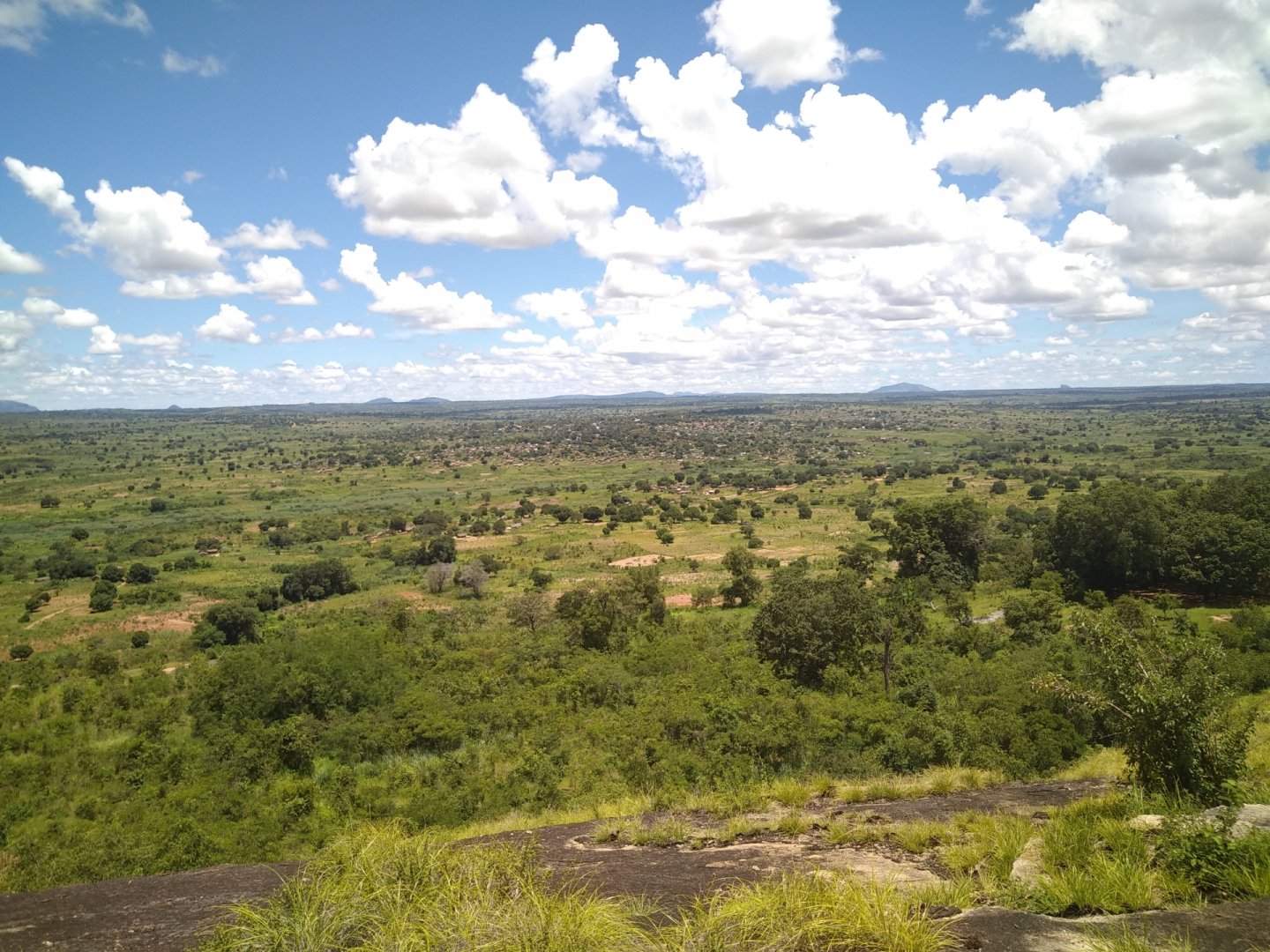

Land degradation and regeneration in Mozambique: a new methodology for understanding the drivers of change
N’Lab and their partners from CIRAD (UMR TETIS and UR Forests and Societies) and from the Eduardo Mondlane University in Maputo, have recently published a study in the journal Land Degradation and Development.
This study, carried out as part of the Laurel project and a PhD work, aimed at characterizing and mapping the underlying factors (human or climatic) in land productivity changes over the 2000-2016 period, in order to assess land degradation in Mozambique. Using analysis of satellite image times-series and vegetation index, the study show that 25% of the country display a land productivity decrease and 3% an increase. Authors show that more than two thirds of these changes are directly related to human activities (deforestation, forest degradation, loss of productivity in grassland...). The study also assesses the impact of existing definitions (UNCCD…) on the quantitative assessment of land degradation, and highlights significant differences according to stakeholders (between 12% and 20% of the Country is degraded).
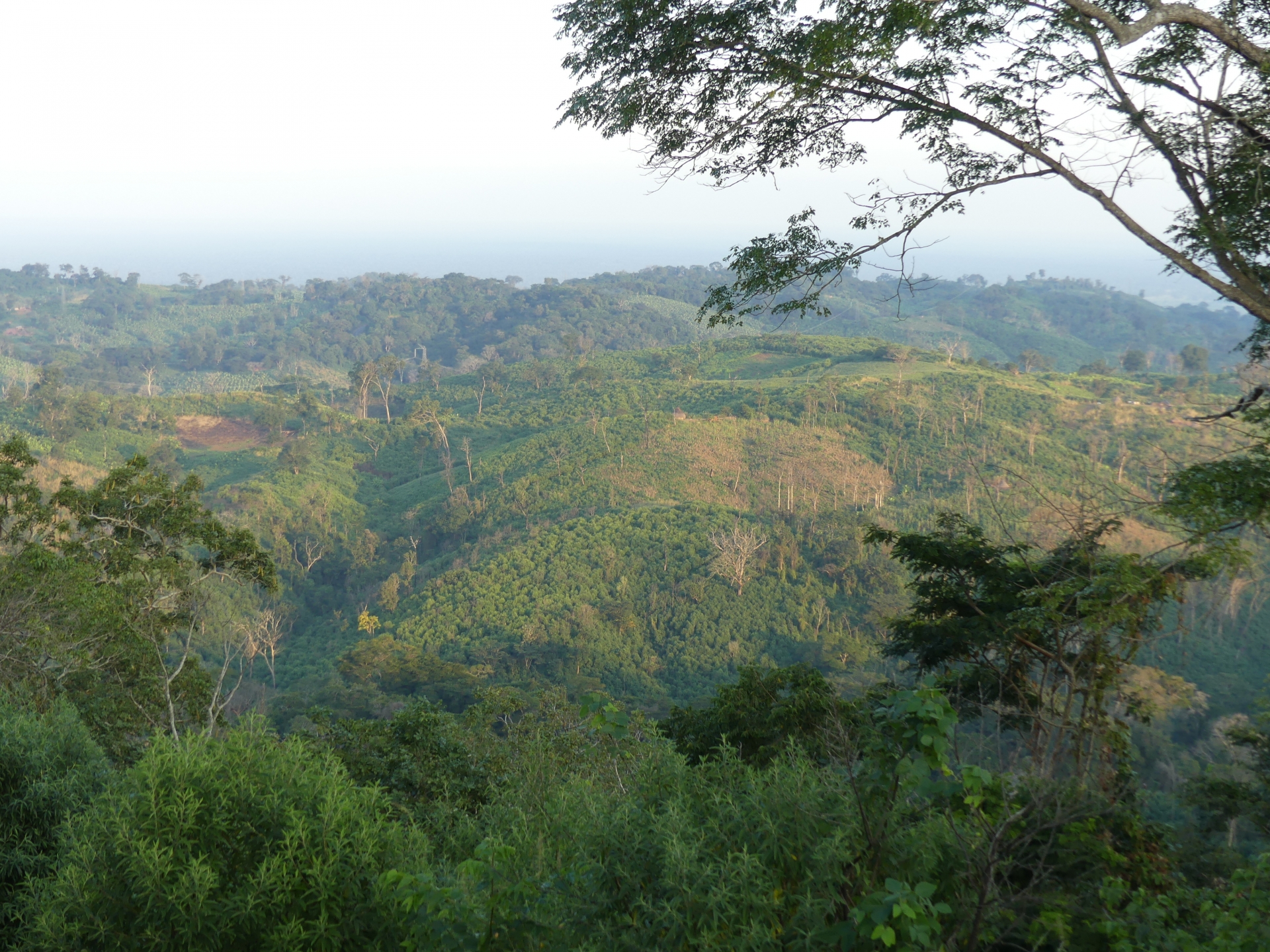
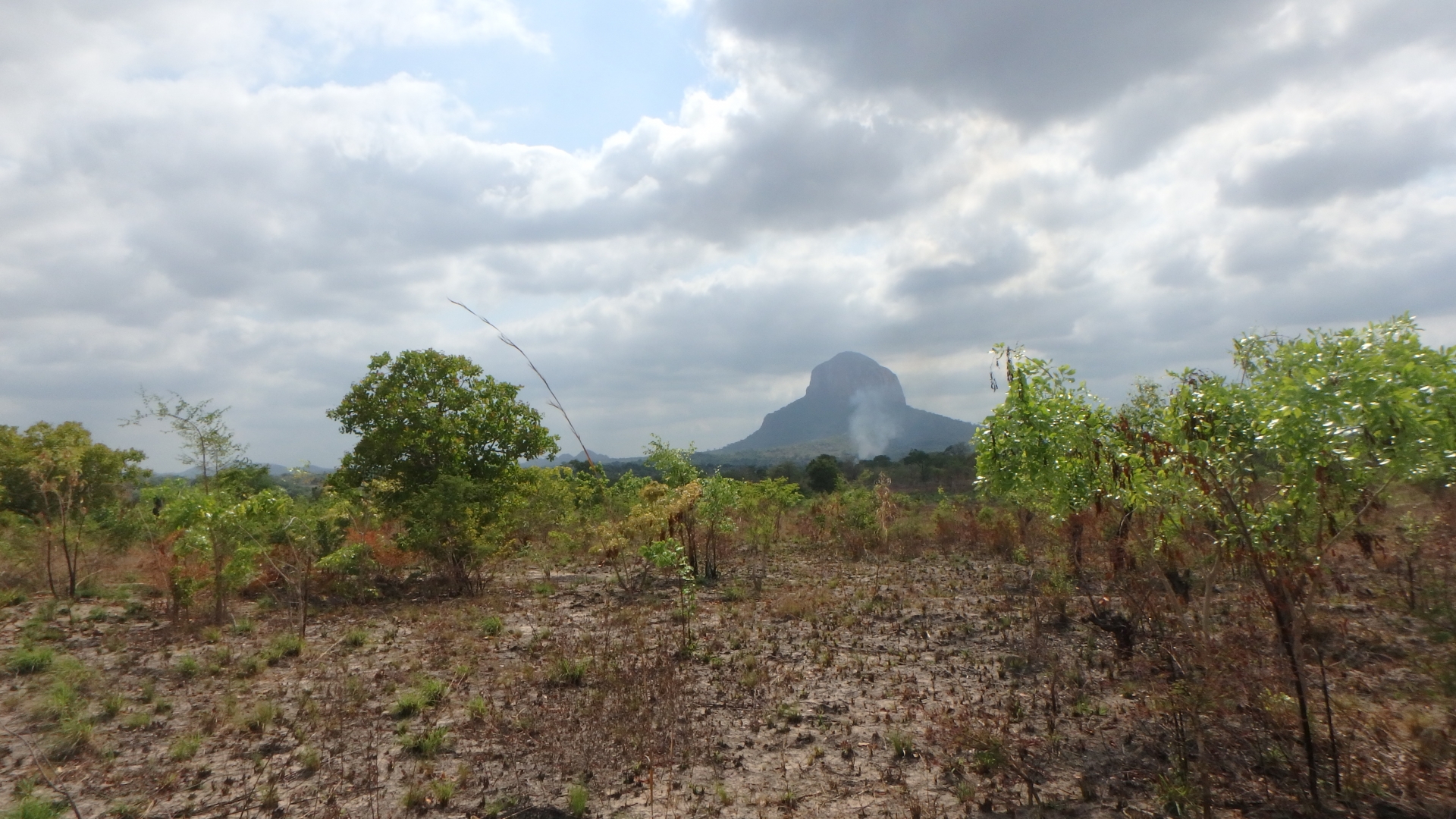
The study fits in the context of the fight against land degradation. Indeed, Mozambique is committed to setting targets to achieve land degradation neutrality by 2030. These up-to-date and spatial estimation of the land condition in Mozambique can help decision-makers to design relevant land degradation mitigation policies or programs to combat land degradation and target priority areas for restoration.
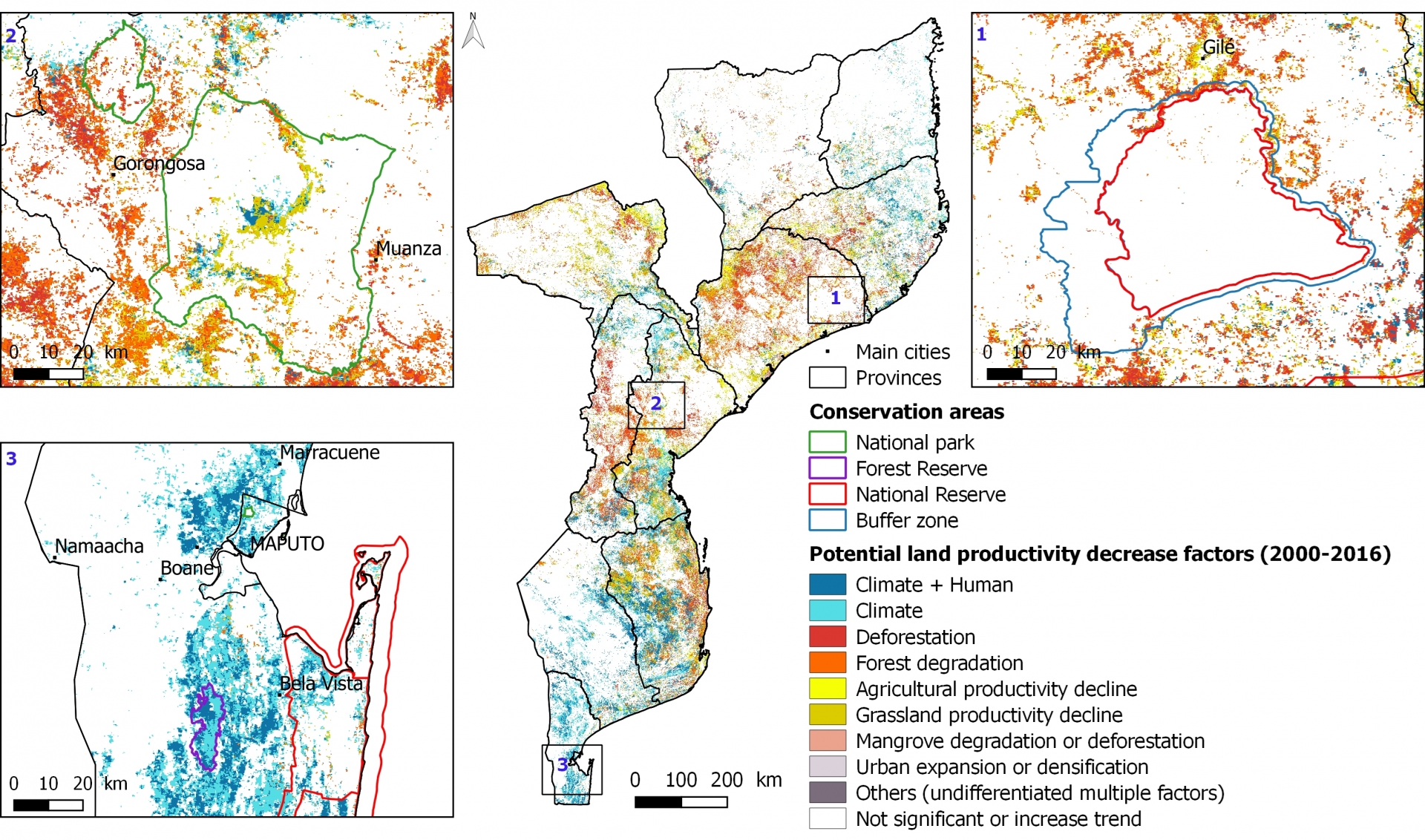
Figure 1: Spatial distribution of the main factors of land productivity decrease in Mozambique
Decreases in land productivity are observed throughout the country (Figure 1). Climatic variability is the dominant factor of the decreases in the southern provinces (Maputo, Gaza, Inhambane) and deforestation the dominant factor in the Zambézia province. Increases in land productivity are mainly localized in the north of the country (Niassa and Cabo delgado) and is observed in forest or grassland (Figure 2).
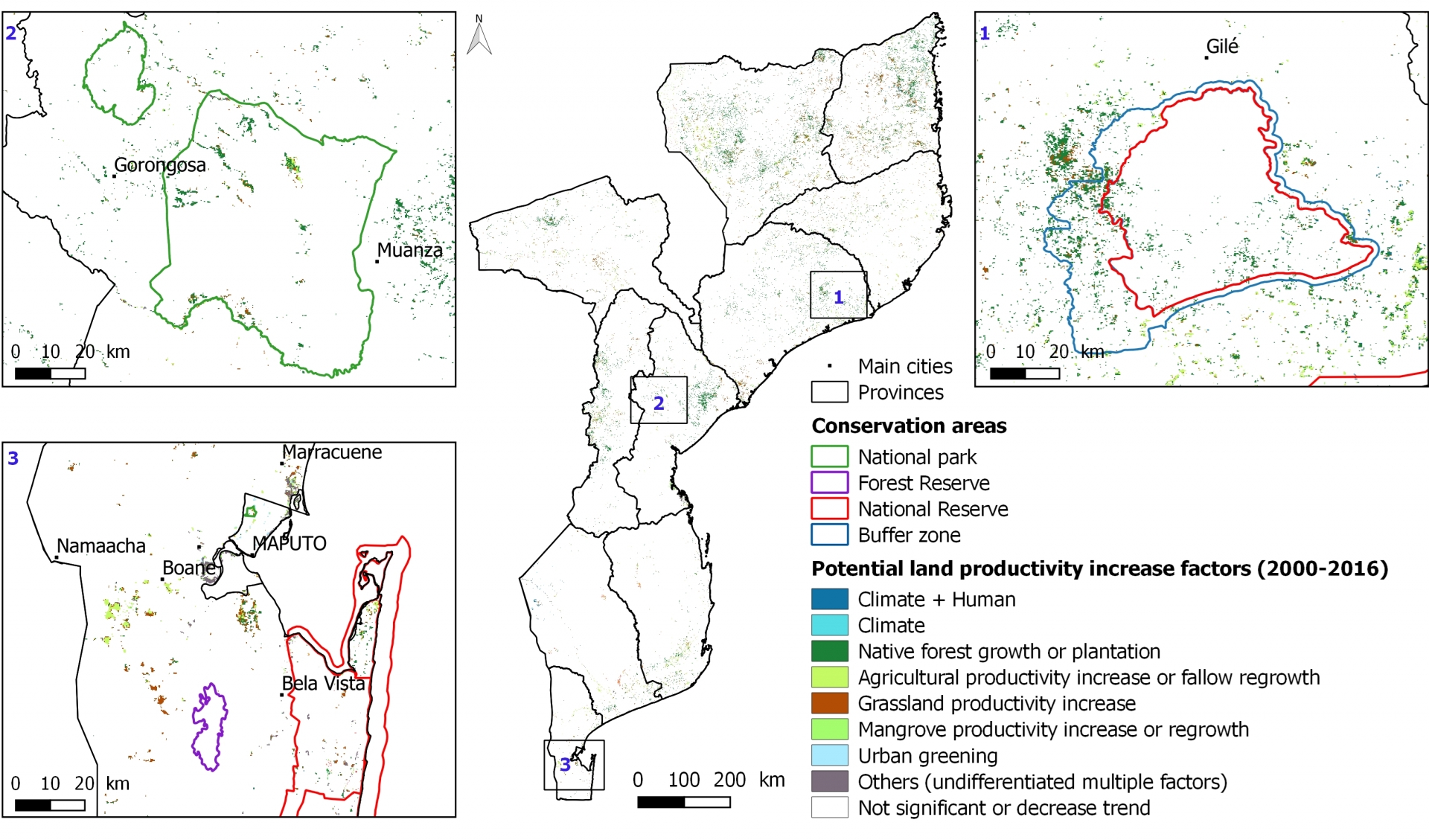
Figure 2: Spatial distribution of the main factors of land productivity increases in Mozambique
The abstract is presented below and the article is available at the bottom of the page.

